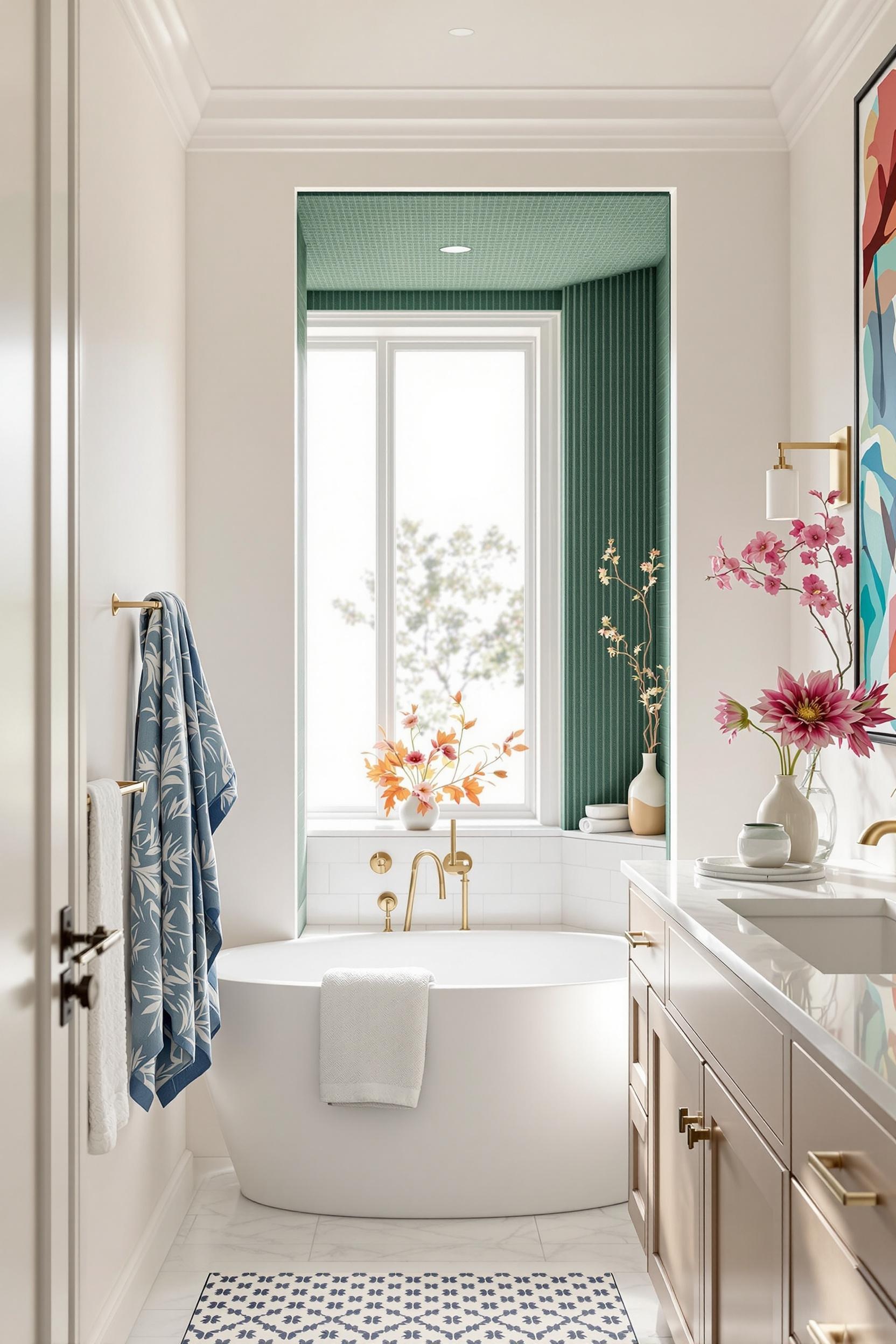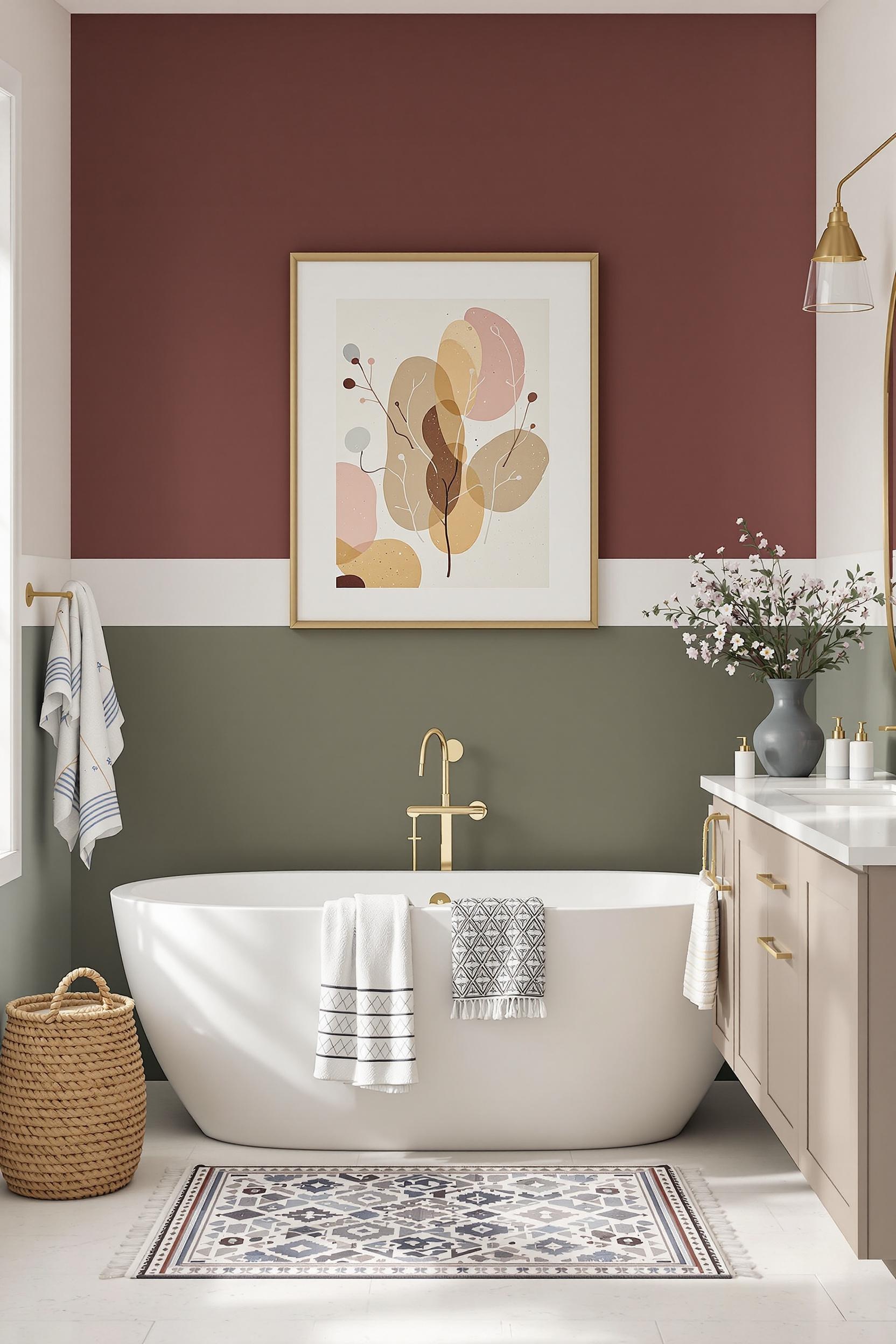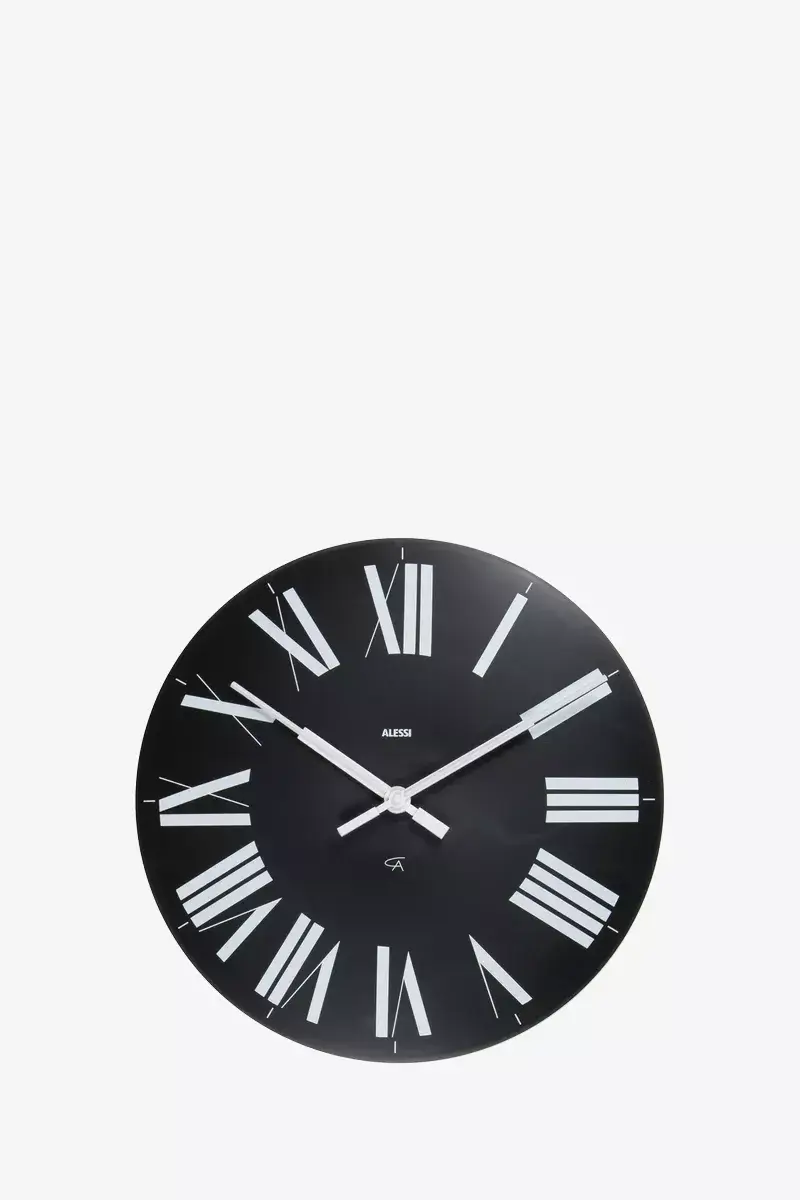
Color Blocking Furniture Painting Tips for Bold, Minimalist Design
Have you ever walked into a minimalist room and felt something was missing? That one bold piece that catches your eye and energizes the space? That’s where color blocking furniture comes in. As an interior designer, I use color blocking interior design to turn simple furniture into statement pieces. By mixing textured paint color blocks, bold hues, and clean lines, I help create visual balance without losing the calm of minimalism.
Color blocking in furniture isn’t just about applying paint. It’s a way to bring tactile depth to interior design. I’ve transformed everything from wooden side tables to metal cabinets using contrasting texture and color. This post will walk you through the techniques that can help you do the same—no matter your skill level. Let’s reimagine your space, one block of color at a time.
Preparing the Furniture for Color Blocking
Any successful project starts with strong prep work. Proper surface prep ensures your geometric textured walls and painted furniture look professional.
- Start by cleaning the furniture thoroughly with a soap and water or a degreaser.
- Sand lightly with fine-grit sandpaper—this helps the paint stick.
- Wipe off sanding dust with a lint-free cloth.
Once prepped, apply a primer. This creates a solid base, especially useful for absorbent materials like wood or slippery surfaces like metal and plastic. Primer also helps the paint’s real color shine through without distortion.
Choosing a Color Palette: Standout in Simplicity
Minimalism doesn’t mean boring. When I design with modern color blocking ideas, I focus on bold tones that help the furniture pop against calm backgrounds.
Here’s a simple formula:
- Start with a base neutral: white, beige, pale gray, or charcoal.
- Add 1-2 contrasting or complementary bold colors—think navy and peach, forest green and blush rose, or terracotta and ivory.
- Balance warm and cool tones for harmony.
In bold colors in minimalist spaces, I recommend using saturated tones in small doses, allowing furniture to be the focal point while keeping the room restful.
Smooth Finishes Meet Geometric Designs
Geometric color block patterns make your furniture stand out. Try diagonal divisions, vertical rectangles, or offset corners using tape. Precision is critical. Always use quality painter’s tape. Press it down tightly using a card or your thumb to prevent bleed-through.
I’ve had great success using Krylon spray paint for flawless results. The thin coats dry fast and leave a smooth finish. For best results:
- Spray 6-8 inches from the surface.
- Use multiple light passes rather than one thick coat.
- Peel tape gently while the paint is still slightly wet to get perfect lines.
Introducing Texture for Tactile Interest
Flat color has its place, but textured interiors for minimalism add much-needed dimension. Try mixing finishes to create layered effects:
- Matte: Understated and refined
- Glossy: Eye-catching and reflective
- Metallic: Adds subtle shine for luxury appeal
You can even use velvet-textured fabric paint or sponge on textured paint for geometric color blocks. In my latest project, I used a matte black to contrast with a glossy navy. The result? A dresser that demands attention while staying true to minimalist principles.
Minimalism loves subtlety. But adding geometric textured wallpaper ideas or raised stencils beneath paint layers creates quiet drama. You don’t need a lot—just a touch in the right place adds intrigue without chaos.
Beyond Paint: Material and Surface Combos
I like combining textures for added sophistication. In one entryway bench remodel, I applied matte paint over the wood and added reflective tape strips for contrast. The result was a stunning fusion of subtle and striking.
You can also combine textures by integrating different materials:
- Paint + exposed wood grain for warmth
- Metal trims + chalk finishes for a rustic-modern platform
- Glass panels framed in bold blocks for a polished finish
Style Meets Function: Using Furniture to Zone Space
Color-blocked furniture offers more than style—it helps define spaces. For open floor plans, a color-blocked bookshelf or console table can act as a room divider. I explore these layouts in color zoning magic for open floor plans, which is all about shaping perception with color placement.
Use bold color blocks strategically to guide the eye and create zones, especially in small apartments. Don’t neglect high-traffic areas like mudrooms and pantries—color-blocked furniture can work wonders in these spaces to uplift the design.
Experiment Freely: Inspiration from Minimalist Homes
If you’re unsure where to begin, check out my post on adding bold colors to minimalist homes. Start with small pieces—like stools or side tables—then move on to larger designs such as dressers, wardrobes, or dining benches.
Incorporate features like strategic placement of minimalist furniture to create a natural flow. Placing a bold piece against a textured neutral wall turns your furniture into a commanding statement.
Finally, don’t shy away from layering bold color against neutral minimalist wallpaper styles. With the rise of tactile design trends, you can also browse online tutorials for more finishing techniques.
Pro Tips for Long-Lasting Results
To keep your furniture vibrant, always use a sealing top coat. Choose matte or satin clear coats to preserve texture. Here are a few more tips:
- Clean painted furniture regularly with a microfiber cloth.
- Avoid harsh cleaners that might damage textured or velvet finishes.
- Apply wax or protector every 6 months in high-traffic pieces.
Maintenance is key when designing with wallpapers for tactile color-blocked walls or those combining paint-and-fabric surfaces.
Transform Your Home: Unlock Color Blocking Mastery Now!
Color blocking is more than a design trend—it’s a transformational tool for your minimalist home. Want to elevate your design skills? I’ve created the ultimate resource for enthusiasts like you: the Color Blocking Mastery Toolkit.
Elevate Your Design: Free Toolkit Awaits
This exclusive kit includes:
- Video tutorials on advanced color blocking techniques
- Printable color guide PDFs for minimalist palettes
- Tips on combining wallpaper and paint combination for depth
- Pro techniques to blend geometric textures and bold tones
Your Design Journey Starts Here
Need more resources? You’ll love diving into guides like Modern Color Blocking for Minimalists or learning strategies for tactile design in modern interiors. These posts break down techniques I personally use to create depth while staying true to minimalist forms.
Instant Access: Join our Design Community
Want to learn more every month? Sign up to access subscriber-only content, early tutorials, and exclusive ideas from leading designers.
Unlock Your Design Potential Now!
Color Blocking Furniture: Essential FAQs for Design Enthusiasts
1. What is color blocking furniture and how does it work in minimalist décor?
Color blocking creates geometric sections of color on furniture. In minimalist spaces, I use it to add quiet drama without visual noise. The trick is combining bold colors with precise, intentional placement. You can read more in this design breakdown.
2. How do I choose the best colors for color-blocked furniture?
I recommend a base neutral with two complementary or clashing colors. Refer to this guide to see how bold colors make furniture pop in minimalist rooms without overwhelming them.
3. What makes clean paint lines in color blocking?
Getting those sharp edges requires quality tape, clean surfaces, and light, even coats. I rely heavily on suggestions in this paint techniques post for foolproof results.
4. Can I use color blocking on all furniture types?
Yes! From wood to metal and even plastic, every material has potential. For example, minimalist furniture highlights how wood grain can warm up geometric blocks.
5. How do I add texture to color blocked designs?
Use textured paints, velvets, or even sponged paint for depth. Layering matte and glossy tones also helps create tactile visual intrigue. Don’t be afraid to experiment!
Let’s Color Block Your World
Color blocking is one of my favorite ways to bring joy, boldness, and balance into minimalist spaces. With just some tape, creativity, and inspiration, your furniture can go from background filler to sculptural art. Whether you’re working on your first makeover or refining your personal aesthetic, remember this: design is about storytelling. Let bold color, expert placement, and textured finishes help you tell yours.






